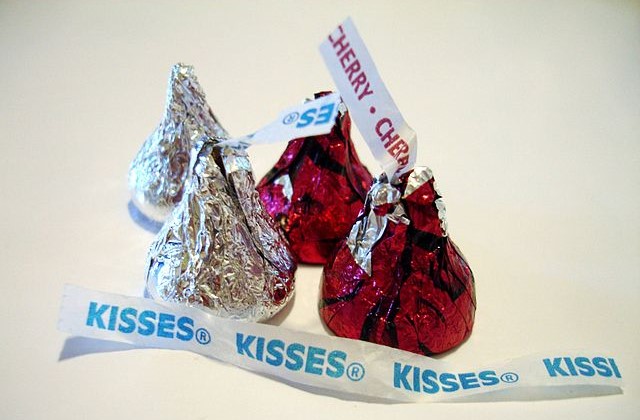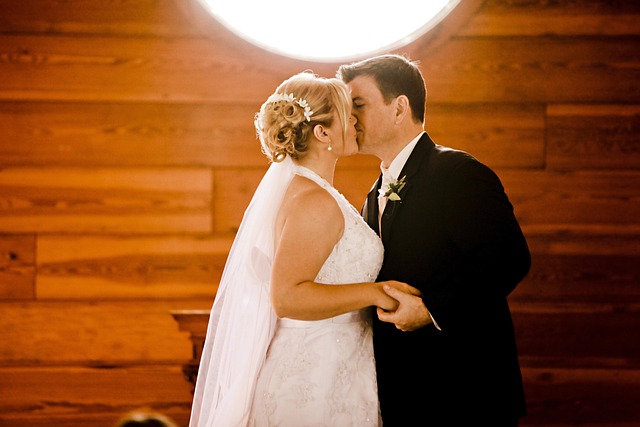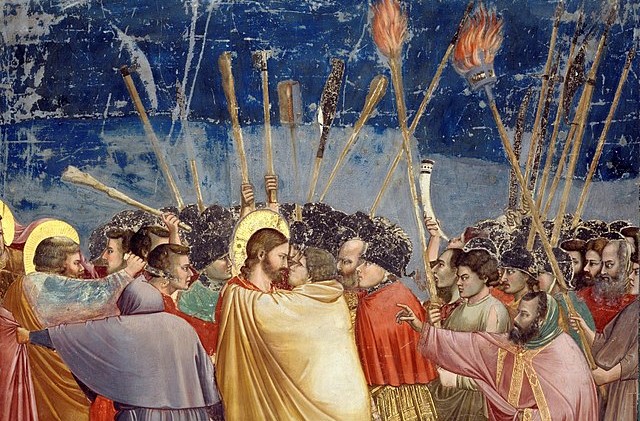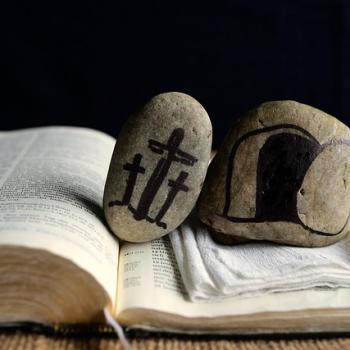
What’s A Kiss?
People easily recognize a kiss. The physical act involves the lips of one person touching another person or thing. The person receiving a kiss might be a baby or a family member, so the gesture isn’t always romantic in nature. But movies with a romantic theme usually contain a scene with a swoon-worthy kiss between the stars.
When it comes to kissing things, the objects vary greatly. A winning athlete might kiss a medal or trophy. A child might kiss a doll, stuffed animal, or a family pet. Service members returning home from war or deployment might bend down and kiss US ground.
And to greatly expand the definition, Americans view a certain chocolate candy in a distinctive shape as a kiss. That’s a kiss for which a partner isn’t needed and which can be enjoyed every day of the year, not just on Valentine’s Day.
Kissing As A Custom
Kissing as a customary greeting or salutation has long been ingrained in Western civilization. Asians may bow, but Westerners prefer to peck, whether that be on the check or on the lips. References to kissing to greet or welcome others appear in records of the ancient Greeks and Romans as well as Germanic peoples and are noted in the Old Testament.
Western marriage ceremonies almost all contain a romantic kissing custom. After the officiant proclaims the couple man and wife, the groom may then kiss his bride. That kiss is a highlight, if not the highlight, of any wedding.

Where Were Biblical Kisses Planted?
The common view of kisses includes lips touching another person’s lips (romantic), cheek (greeting), or head (bestowed on infant or child). And of course, biblical kisses aimed at all those places. But passages in the Good Book describe kisses being planted elsewhere too, such as on feet and on idols.
Since walking served as the main form of transportation in Jesus’ time, dust and dirt often ended up on people’s feet. Who’d want to put lips on them? The interesting biblical story related in Luke 7 tells of a sinful woman Jesus had forgiven wiping His feet with her tears and hair and kissing them. Although not identified in the passage, many believe this woman was Mary Magdalene. While God certainly smiled on this woman’s foot kissing, He was not happy with His people in the Old Testament who bowed before and kissed idols, breaking the First Commandment.
Reasons For Biblical Kisses
Kissing obviously occurred during biblical times and romance provided one reason for it. Those begats had to get started somehow! But a variety of other reasons, some good and some bad, led to other biblical kisses.
On a negative note, betrayal, deceit, and lust drove some biblical kisses. Those aren’t romantic reasons and don’t involve chocolate, but they do entail sin. Those are kisses to avoid making and receiving. On a positive note, kissing to say goodbye or hello, to offer forgiveness, or to extend acceptance or reconciliation are biblical kisses in which believers can participate.

Biblical Kisses To Avoid
Judas is a four-letter word to Christians. Why? The disciple kissed his teacher, Jesus, to accomplish betrayal, identifying Him to facilitate Jesus’ arrest. Matthew 26:48-49 relates the sad story. “Now the betrayer had arranged a signal with them: ‘The one I kiss is the man; arrest him.’ Going at once to Jesus, Judas said, ‘Greetings, Rabbi!’ and kissed him.” This kiss, of course, ultimately led to Jesus’ death on the cross.
A kiss of deception is central to the Old Testament story of Jacob stealing his twin brother’s blessing from their father, Isaac. Pretending to be Esau, Jacob went to their old father whose vision was poor. However, Jacob kissed Isaac who caught the smell of Esau’s clothes. This intimate contact duped Isaac into believing Esau stood before him and deserved the oldest son’s blessing as recounted in Genesis 27:26-27.
Although Judas and Jacob were biblical characters, the Bible offers advice for believers today about certain kisses. The wisdom found in Proverbs 7:3 cautions against lustful kisses leading to adultery.
Constructive Biblical Kisses – Hello And Goodbye
Other stories in the Bible present kisses in a good light. Bestowing a kiss served as a customary greeting, even with individuals to whom one wasn’t related. Paul embraced that custom for the early church, writing to the Romans to greet each other with a holy kiss. He repeated the directive to the church in Corinth in 1 Corinthians 16:20.
And if a kiss suffices for a greeting, why not use it for a farewell? The Old Testament account of Naomi and Ruth leaving Moab for the former to return to Judah requires a good-bye to Ruth’s sister-in-law. The parting included weeping and Orpah kissing her mother-in-law.
More Constructive Biblical Kisses – Mending Fences
Mending fences following a rift provides another basis for kisses found in Bible stories. Esau used a kiss as a sign of reconciliation with his brother Jacob who had stolen their father’s blessing meant for him. The two did not see or speak to each other for years and were physically separated by distance. But when God directed Jacob to return home, Esau came to meet him. The slighted brother ran to the thief, embraced him, and kissed him. A kiss moved a rift forward to reconciliation between the brothers.

Even Jesus referenced a kiss in his parable about the Prodigal Son. After rudely demanding his inheritance in advance from his father, the Prodigal Son went to a foreign land where he blew his wealth. Reduced to the lowest of the low position of feeding pigs, this son determined to return home, apologize, and work for his father so he wouldn’t starve. Seeing his son in the distance headed home, the father ran to meet him and kissed him, signaling his acceptance of his beloved son despite the son’s flaws and disrespect shown to his own father.
Biblical Kisses – Not Romantic Or Chocolate But Real Life
Biblical kisses illustrate the real life uses kisses can have. While romantic kisses and chocolate kisses shine in a positive spotlight today, kisses in Bible times and now can be good or they can be bad. Bad uses may include for deceptive purposes, betrayal, and giving in to sinful lust. Good uses might involve greetings and farewells in addition to showing forgiveness, acceptance, and reconciliation. Don’t limit your kisses to chocolate and romance. Try them for the constructive uses illustrated in the Bible.


















